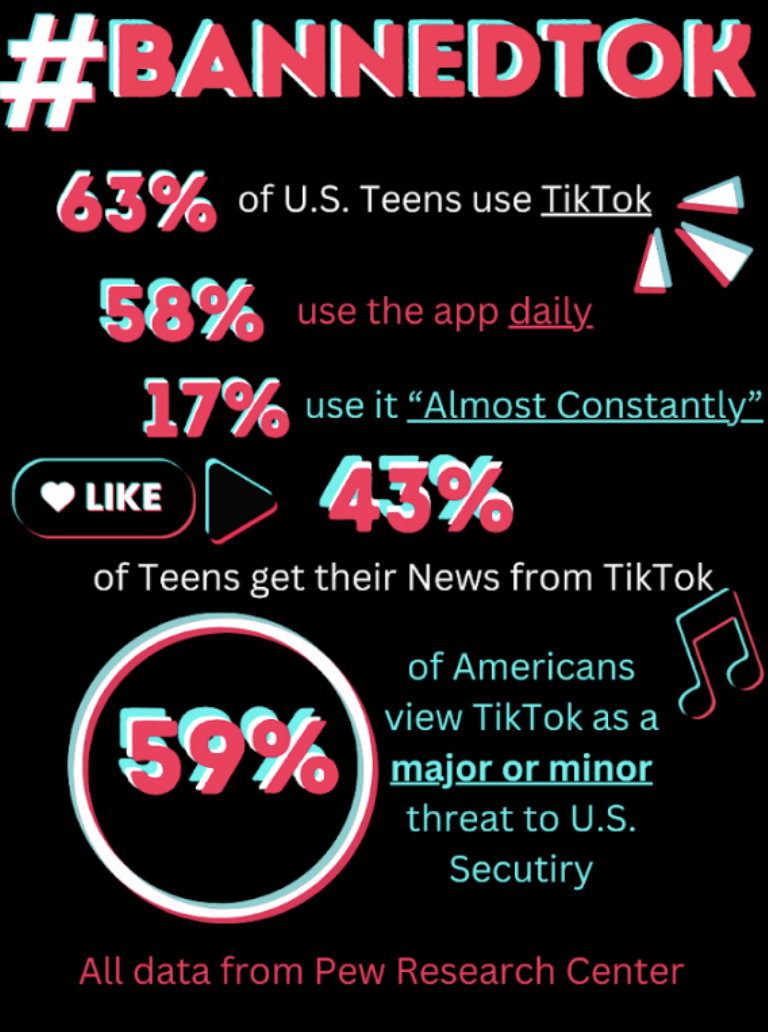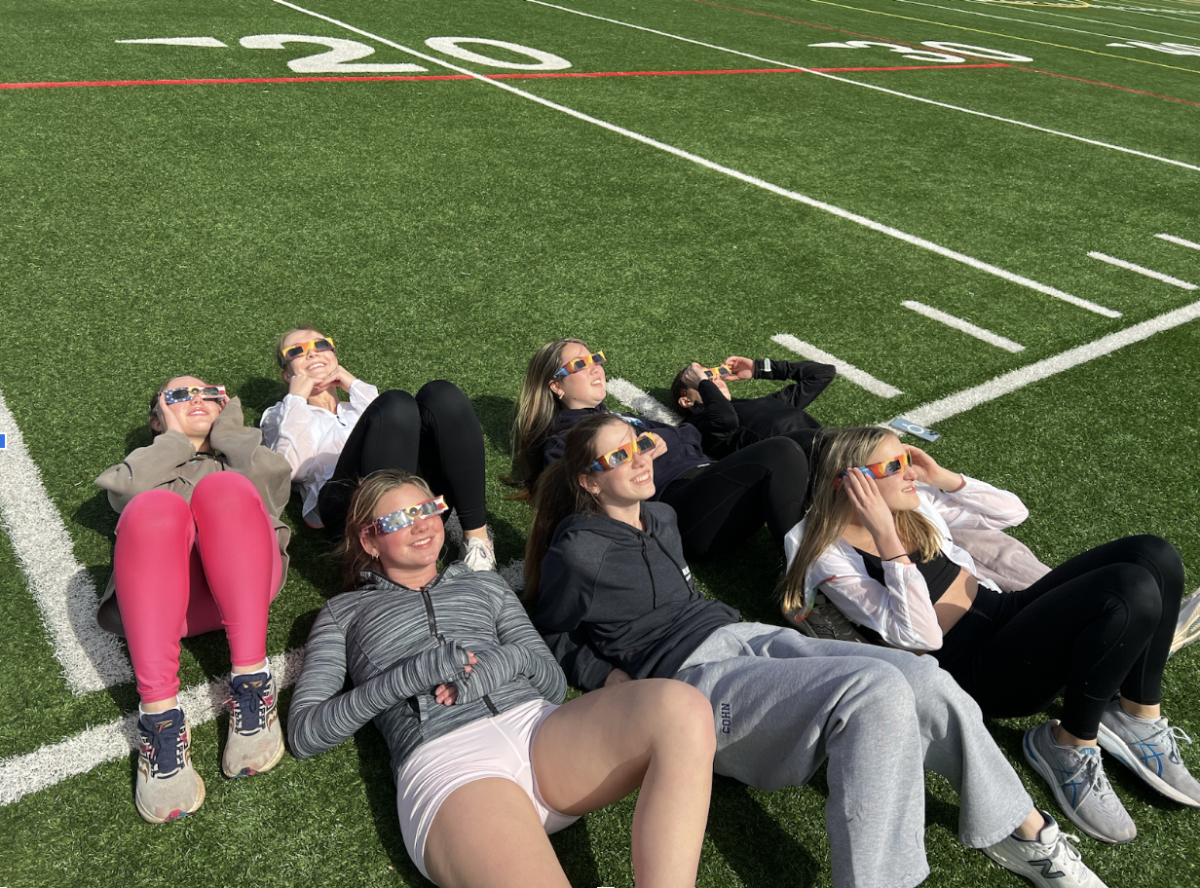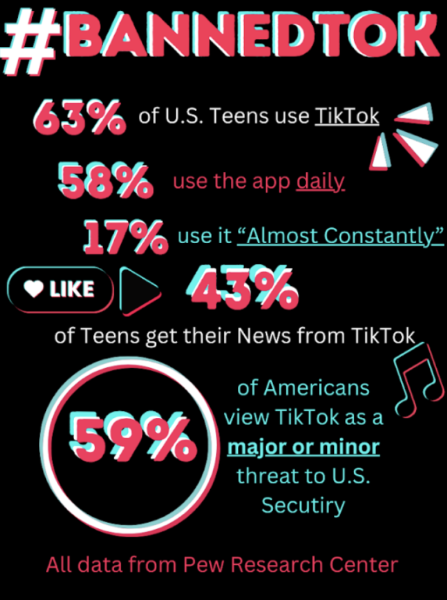De-coding the dress code controversy
National dress code cases prompt local discussion
Sixteen-year-old Gabi Finlayson from Highland, Utah, was asked to put on a shawl at her school dance because her straps weren’t at least two-inches thick across each shoulder. Sixteen-year-old Miranda Larkin from Orange Park, Florida, was forced to wear a large neon yellow T-shirt that read “dress code violation” in big, black letters at school because her skirt was deemed too short. Eighteen-year-old Macy Edgerly from Orangefield, Texas, was sent home from school because administration ruled her cropped black leggings and baseball-style T-shirt inappropriate. And this all happened within the past year.
These cases, although extreme, do not stray so far from home. When Gillian Birk ’17 was in sixth grade at Bedford Middle School, her homeroom teacher told her that her shorts were too short and that she had to change into gym clothes. Although she could not recall what the definition of “too short” was, she did remember her “mom didn’t really agree with it because she’s pretty strict about what I wear, and she didn’t think they were too short,” Birk said.
Izzy Baildon ’17 believes that the Staples dress code is lenient in comparison to other schools nationwide. “I feel that [Principal] Mr. [John] Dodig is pretty progressive as a principal and understands that deeming certain clothes ‘inappropriate’ is a form of shaming,” Baildon noted.
Staples’ dress code is outlined on page 64 of the 2014-15 Student Handbook. The overarching policy reads, “The school system requires that attire be safe, appropriate to the activity, and not distracting or disruptive of the educational program.”
The handbook also grants certain school administrators the authority to confront students wearing clothing that appears to violate dress code. They are then entitled to either confiscate their wear and provide a “suitable substitute” or call parents and inform them that an alternate outfit is required.
Alice Addicks, grade level assistant, feels the reason for a dress code is “so that people don’t get distracted by other people wearing things that they shouldn’t be wearing.” Examples of what Addicks deems a violation are showing midriffs, see-through clothing, strapless tops and “pants hanging down and the boys with their underwear hanging out.”
Physical education teacher Janet Zamary occasionally encounters students who wear clothing to gym that causes her to ask a student to cover up or change. “If it’s flagrant, then they’re sent to the assistant principal,” Zamary said. “Low cut shirts? Distracting? Yes.”
Bedford Middle School guidance counselor Sarah Harding attributes the dominance of female dress code cases to anatomy. “It’s just not the trend [for boys] to be showing something of [themselves] that’s going to be so revealing,” Harding said. “Maybe that’s why it seems more directed towards girls because it’s so much easier for [them] to wear something that shows a little bit more of [her] body than of a guy.”
Danny Jersey ’17, although “indifferent” about the need for an enforced dress code, acknowledged that certain articles of clothing worn by girls, like “shorts up to one’s hips” and “low-cut shirts,” make students “feel awkward just looking at the person,” he said. Jersey feels the trend for guys’ dress is generally jeans and a T-shirt and in comparison to girls, “we have so much less to restrict,” he said.
According to Emily Schussheim ’17, “It’s impossible to make a dress code that’s not gender discriminatory.” She continued, “I don’t think I’ve come across a dress code that doesn’t provide more rules on what girls are supposed to do than on what guys are supposed to do. It pokes fingers at the fact that guys can’t control themselves and can be distracted by what a girl is wearing, as opposed to the fact that guys should be able to function in an environment where both sexes can control themselves.”
While some students view the dress code as another school rule, Baildon believes issues that arise through dress code cases illustrate that the real problem is “much more deeply rooted than a girl not covering her shoulders.”
Harding does not believe that dress codes promote shaming, at least at the middle school level. “This is all about the safety of kids,” Harding said. “[At the] middle school age, they just don’t have as much of the forethought. They don’t take as much of the responsibility yet.”
Many Staples students believe that before the dress code can be changed, society has to alter its mindset. “We should be teaching a culture where guys are taught not to objectify,” Schussheim said, “as opposed to girls taught not to do what they want to do.”




















































